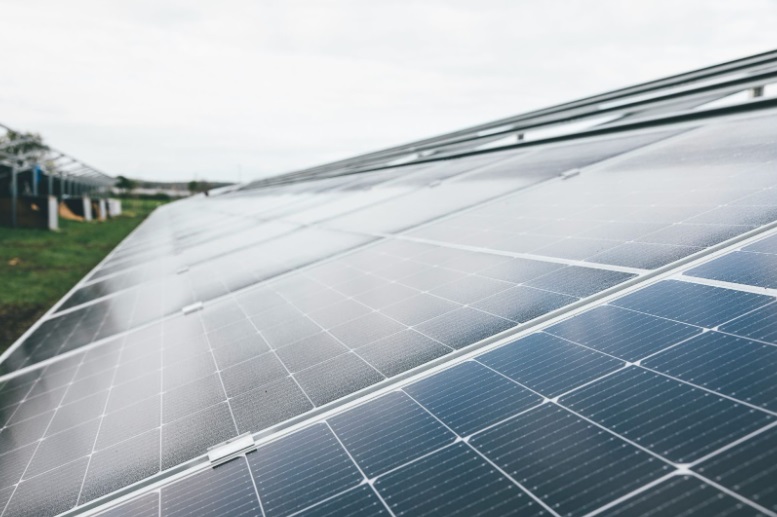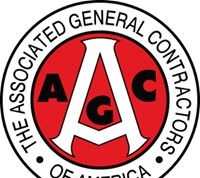The Future of Real Estate: Integrating Smart Technologies for Sustainable Urban Development

As urbanization accelerates globally, the real estate sector faces increasing pressure to develop smarter, more sustainable urban environments. Advances in technology offer promising solutions to meet these challenges, revolutionizing the way we design, build, and manage urban spaces. Integrating smart technologies for sustainable urban development is no longer just a trend; it is a necessity for creating resilient cities that can thrive in the future. In this article, we explore the key smart technologies driving this transformation and how they are being applied in real estate to promote sustainability.
The Need for Sustainable Urban Development
Urban areas are growing rapidly, with the United Nations predicting that nearly 70% of the world’s population will live in cities by 2050. This growth brings significant challenges, including increased energy consumption, waste generation, and environmental degradation. Sustainable urban development aims to address these issues by promoting efficient resource use, reducing carbon footprints, and enhancing the quality of life for urban residents.
Smart technologies play a crucial role in achieving these goals. They enable more efficient management of urban infrastructure, provide data-driven insights for better decision-making, and support the development of environmentally friendly buildings and communities.
Key Smart Technologies in Real Estate
Several smart technologies are driving the future of real estate and sustainable urban development. These technologies are transforming everything from building construction and energy management to urban planning and transportation.
- Internet of Things (IoT):
- IoT refers to the network of connected devices that collect and exchange data. In real estate, IoT-enabled sensors and systems can monitor and control building operations, such as lighting, heating, ventilation, and air conditioning (HVAC). This allows for real-time adjustments to optimize energy use, enhance comfort, and reduce operational costs.
- Building Information Modeling (BIM):
- BIM is a digital representation of the physical and functional characteristics of a building. It provides a comprehensive platform for planning, designing, and managing building projects. BIM facilitates collaboration among architects, engineers, and contractors, improving project efficiency and reducing waste. It also supports the lifecycle management of buildings, ensuring that they remain efficient and sustainable over time.
- Artificial Intelligence (AI) and Machine Learning:
- AI and machine learning algorithms can analyze vast amounts of data to identify patterns and optimize building operations. For example, AI can predict energy demand based on historical usage and weather patterns, allowing for more efficient energy management. Machine learning can also enhance predictive maintenance, identifying potential equipment failures before they occur and reducing downtime.
- Renewable Energy Technologies:
- Integrating renewable energy sources, such as solar panels and wind turbines, into building designs is essential for reducing carbon emissions. Smart grids and energy storage systems enable buildings to generate, store, and distribute renewable energy efficiently. These technologies help create energy-independent buildings and contribute to a more sustainable urban energy infrastructure.
- Smart Water Management:
- Water scarcity is a growing concern in many urban areas. Smart water management technologies, such as IoT-enabled sensors and advanced metering infrastructure, can monitor water usage and detect leaks in real-time. This allows for more efficient water use and reduces waste, contributing to the sustainability of urban water systems.
Applications of Smart Technologies in Real Estate
The integration of smart technologies in real estate is already making a significant impact on urban development. Here are some practical applications that demonstrate the potential of these technologies to create sustainable urban environments.
- Smart Buildings:
- Smart buildings use IoT, AI, and other technologies to optimize energy use, enhance occupant comfort, and improve operational efficiency. For example, smart lighting systems can adjust brightness based on natural light levels and occupancy, reducing energy consumption. Smart HVAC systems can learn occupants’ preferences and adjust temperatures accordingly, enhancing comfort while saving energy.
- Sustainable Construction:
- BIM and other digital tools are transforming the construction process, making it more efficient and sustainable. By providing detailed, accurate models of buildings, BIM reduces errors and rework, minimizing waste. It also supports the use of sustainable materials and construction methods, reducing the environmental impact of building projects.
- Green Energy Solutions:
- Renewable energy technologies are becoming a standard feature in modern buildings. Solar panels, wind turbines, and energy storage systems are being integrated into building designs, enabling buildings to generate and manage their own energy. Smart grids connect these buildings to broader urban energy networks, facilitating the efficient distribution and use of renewable energy.
- Smart Urban Planning:
- Urban planners are using data analytics and AI to design more sustainable cities. By analyzing data on traffic patterns, energy use, and environmental conditions, planners can create more efficient transportation networks, optimize land use, and reduce urban heat islands. These efforts contribute to the development of livable, resilient cities that can adapt to future challenges.
The Role of Stakeholders in Promoting Smart Sustainable Development
The successful integration of smart technologies for sustainable urban development requires collaboration among various stakeholders, including governments, businesses, and communities. Each has a crucial role to play in driving this transformation.
- Government Policies and Incentives:
- Governments can promote smart sustainable development by creating policies and incentives that encourage the adoption of green technologies. This includes offering tax credits and grants for renewable energy projects, implementing building codes that require energy-efficient designs, and investing in smart infrastructure.
- Business Innovation:
- Businesses in the real estate sector can lead by example, integrating smart technologies into their projects and promoting sustainable practices. Developers, architects, and engineers should prioritize sustainability in their designs, while property managers should adopt smart systems to enhance building operations.
- Community Engagement:
- Engaging communities in the development process is essential for creating sustainable urban environments. Public consultations and participatory planning can ensure that development projects meet the needs and preferences of residents. Educating the public about the benefits of smart technologies can also foster greater acceptance and support for sustainable initiatives.
Case Study: Roderick Schacher and Smart Real Estate Development
Roderick Schacher, a prominent figure in the real estate industry, has been at the forefront of integrating smart technologies for sustainable urban development. Under his leadership, several projects have demonstrated the potential of these technologies to create more resilient and efficient urban spaces.
One notable project led by Schacher involved the development of a smart residential community that incorporates IoT, renewable energy, and sustainable construction practices. The community features energy-efficient homes equipped with smart systems for lighting, HVAC, and water management. Solar panels and wind turbines provide renewable energy, while advanced waste management systems reduce the community’s environmental footprint.
Schacher’s commitment to sustainability and innovation has set a benchmark for the real estate industry, showcasing how smart technologies can be used to create sustainable, livable urban environments.
Conclusion
The future of real estate lies in integrating smart technologies for sustainable urban development. As urban populations continue to grow, the need for efficient, resilient, and environmentally friendly urban spaces becomes increasingly urgent. By leveraging technologies such as IoT, AI, BIM, and renewable energy, we can create urban environments that are not only more sustainable but also more livable.
Roderick Schacher’s work in this field exemplifies the potential of smart technologies to transform real estate and urban development. As governments, businesses, and communities collaborate to promote these innovations, we can look forward to a future where cities are equipped to meet the challenges of the 21st century and beyond.













